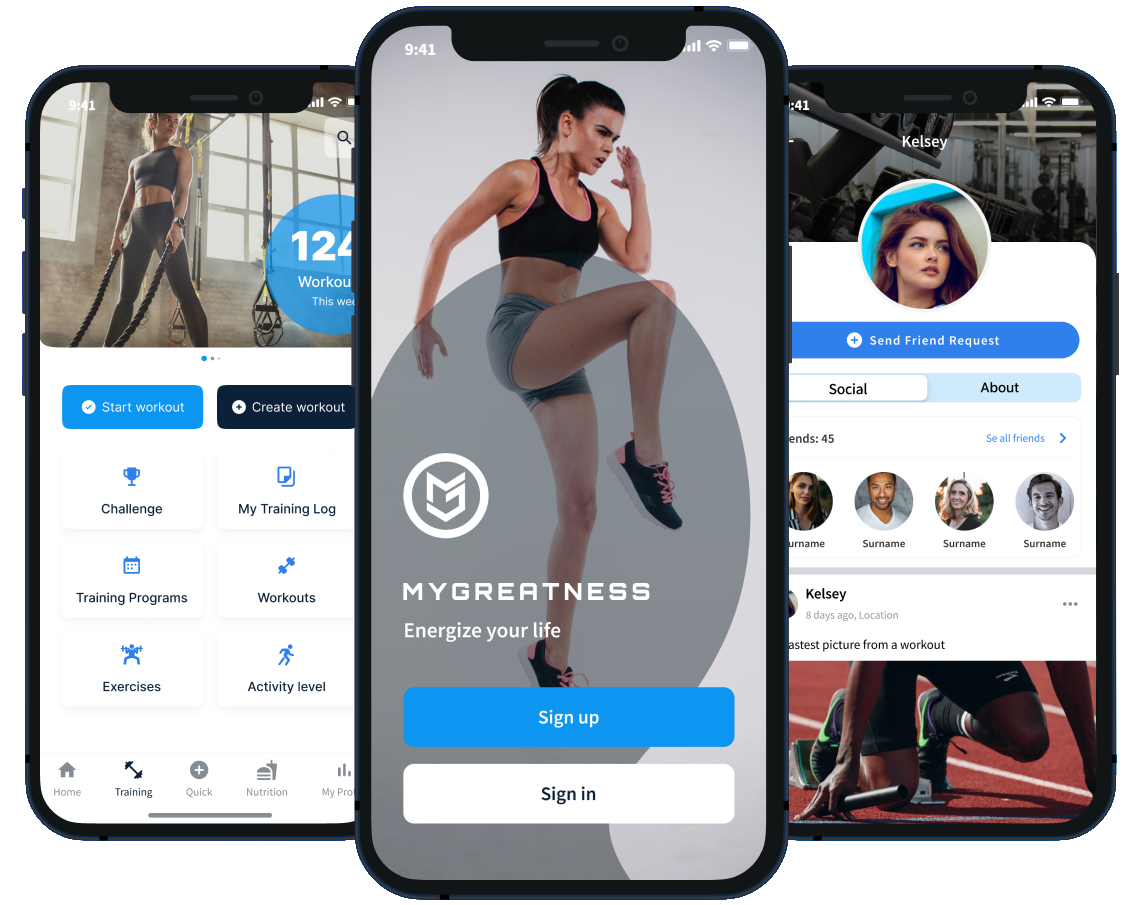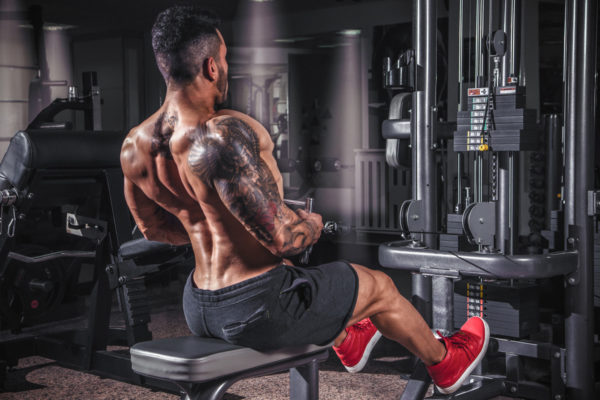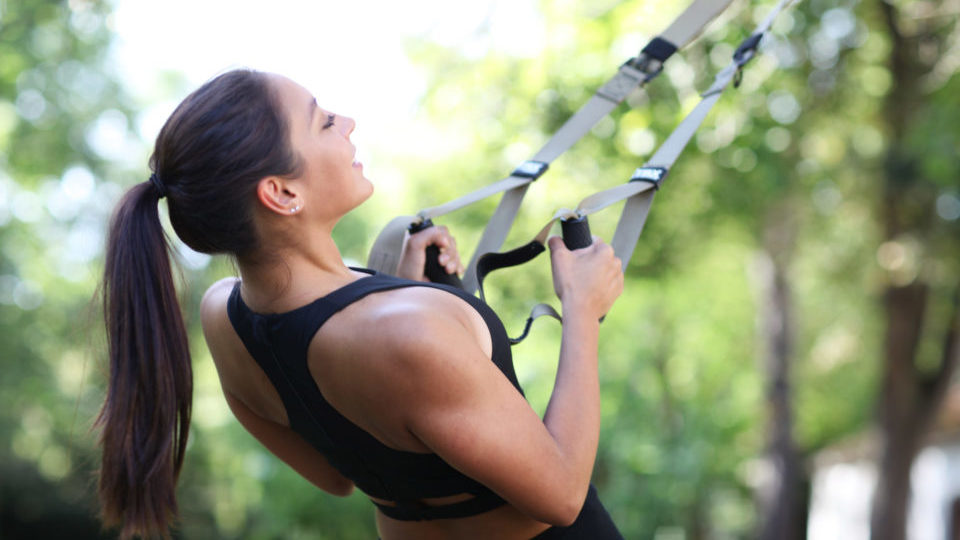Why Should You do Bench Press?
The bench press is one of the greatest compound exercises in which it is possible to lift a lot of weight. The exercise can look quite simple, but since it is performed with heavy weights, the starting position and the movement become crucial. Thus, be careful when performing the exercise because it is easy to injure both the shoulders and wrists.
If you want to lift heavy in the bench press in the long run, you should, in addition to chest exercises, also train the triceps, your lats (back), and the front part of your shoulders.
Exercise Details for Bench Press
-
Primary MusclePec
-
Secondary MuscleFront Delt, Triceps
-
EquipmentBarbell
-
LevelAverage
Position
Lie on a straight bench under the bar. It will help if you lay as far up on the bench so that your eyes are located under the bar. Grab the bar a little wider than shoulder-width. Tilt your wrists slightly back and keep your thumb on the bar. Having your thumb and other fingers on the same side of the bar can have devastating consequences if you, for example, happen to lose your grip on the bar. It will then go over to your chest or your face with full force.
Pull back your shoulders and pinch your shoulder blades together and press them down to relieve your shoulders. Suppose you push the shoulders forward during the movement, the focus shifts from the chest muscles to the shoulders. Wrong muscles then perform the lift, and injuries can easily occur.
Press your soles into the floor to get balance. Keep your toes behind your knees and press them firmly into the ground. Swing your back but keep your butt pressed against the bench. You should have four things in mind for stability before you lift:
- The head should be on the bench, and the eyes should be located under the bar.
- The upper part of the back should be pressed against the bench, and the shoulder blades should be pulled together.
- The buttocks should be “stuck” to the bench during the entire lift.
- The feet should firmly be pressed into the ground, preferably quite wide apart for stability. Have “leg drive” in mind.
Performance
Lift the bar and move the bar horizontally so that it now ends up over the shoulders. Then lower it diagonally down towards your nipples. The bar should, therefore, not go straight down and straight-up but obliquely.
When you lower the bar, the elbows should not flap straight out to the side at a 90-degree angle from the body, but they should be more at a 70-degree angle. There is a great risk that your shoulders will be damaged if you run at a 90-degree angle.
Tense the muscles on the way down; do not drop and bounce the weight on your chest. A large part of the training effect comes from holding back when lowering the weight, so try to count to 3 on the way down for maximum effect.
When the bar touches your chest at the nipples, you are in the bottom position. Your forearms should now be completely vertical; they should not lean either backward or forwards. Now you explosively push the weight back obliquely upwards again. Be careful not to push your shoulders forward on the way up when it gets heavy. If you push the shoulders forward, they will take over the lift and easily be damaged.
When your arms are outstretched, the bar should end up above your shoulders again.
Remember to inhale on the way down and exhale on the way up.
Guide for Bench Press
- Be careful how the bench is positioned in relation to the stand
- Your head, upper rear, buttocks and feet should be “fixed”
- Pinch your shoulder blades together and press them down as well
- Push the chest forward
- Swing your back throughout the lift
- Move the bar obliquely downwards and obliquely upwards, it should not go straight vertically
- The angle of your arms towards the body is very important. It should be at about 70 degrees
- Do not bounce the bar on your chest, lowe it in a controlled and calm way with tension in the muscle you are exercising
- Keep your shoulders pulled back, do not push them forward when it gets heavy.
- Inhale on the way down and exhale on the way up
- In order to get gains in bench press you have to exercise the front of your shoulders, triceps and lats as well






